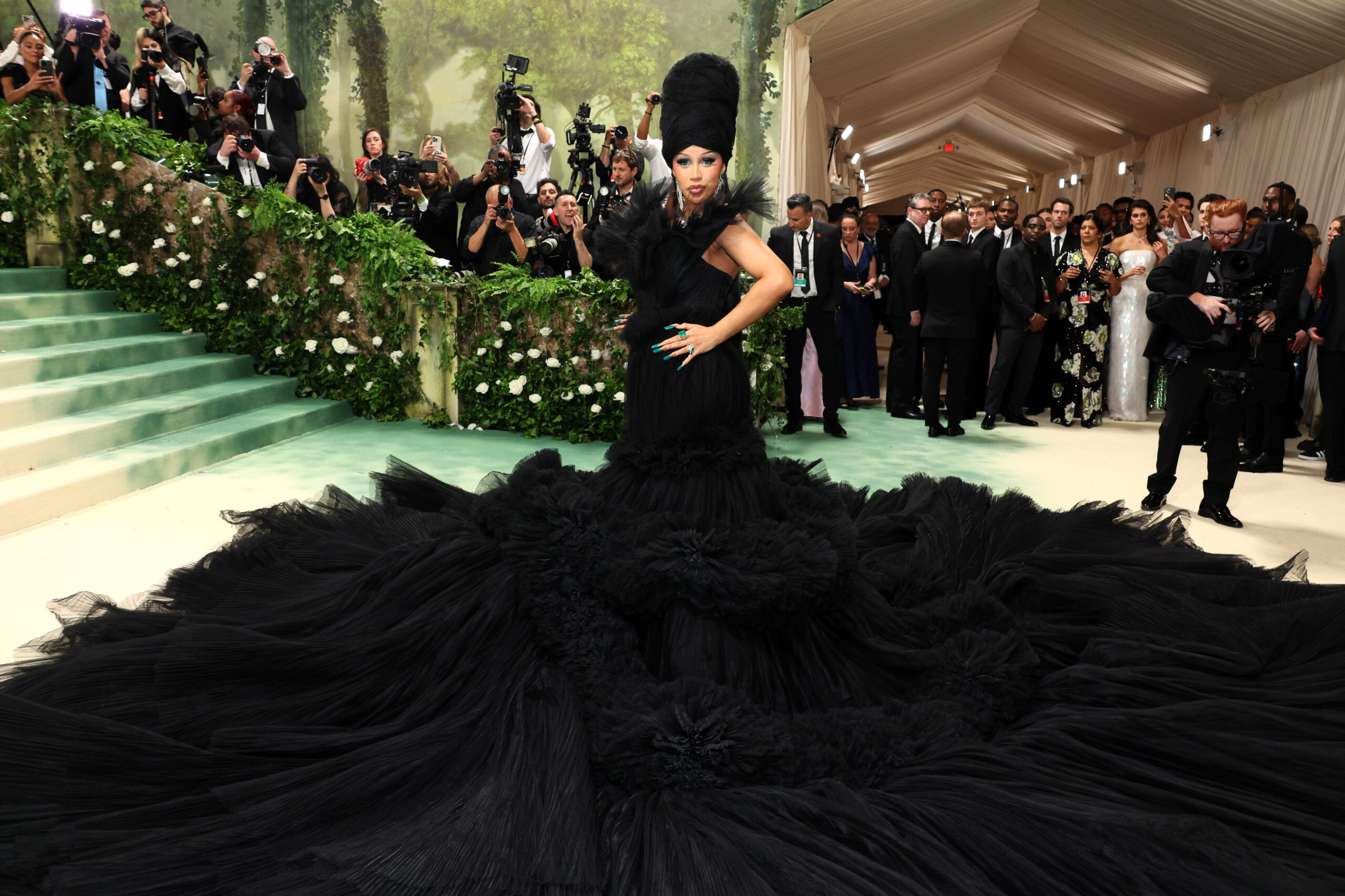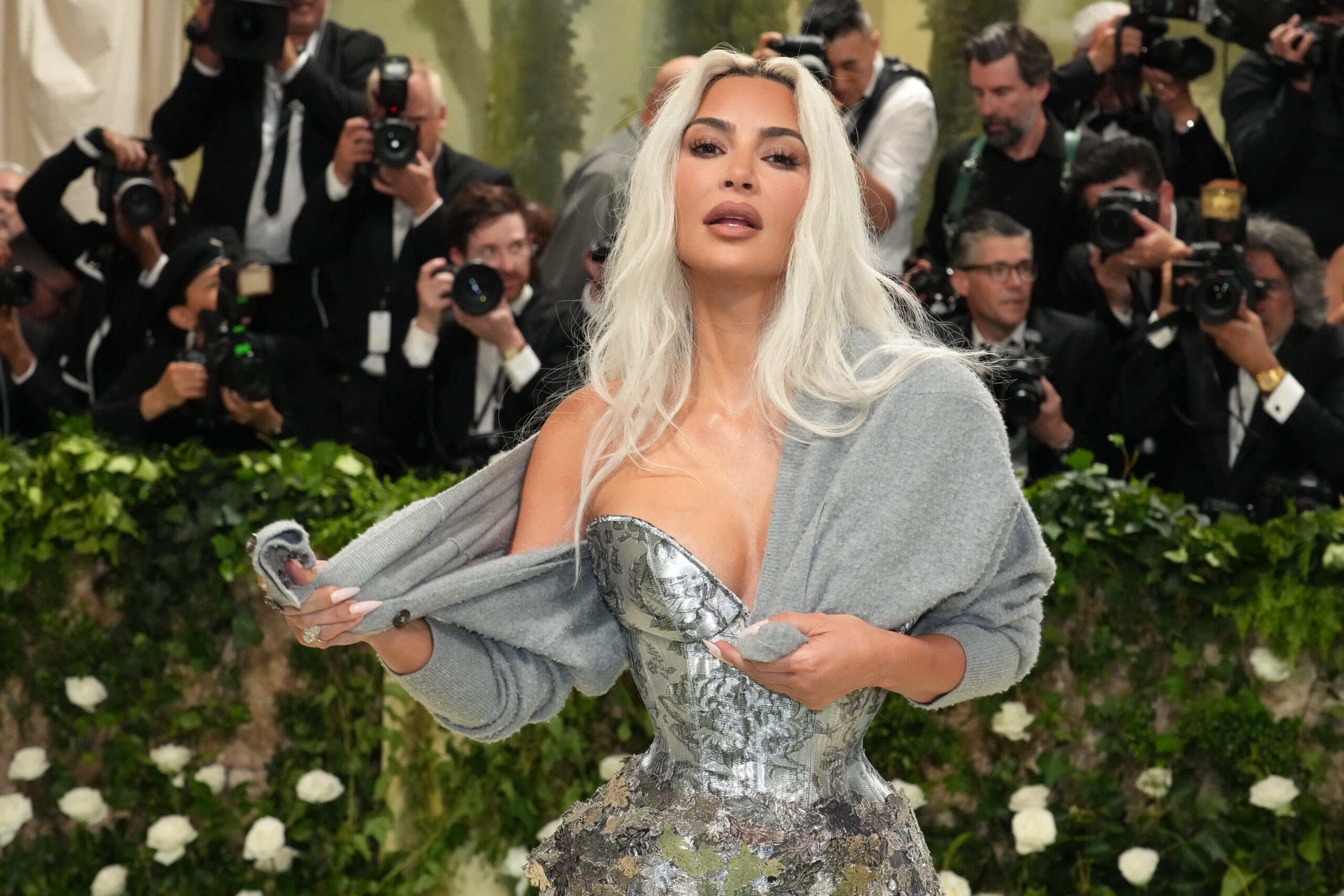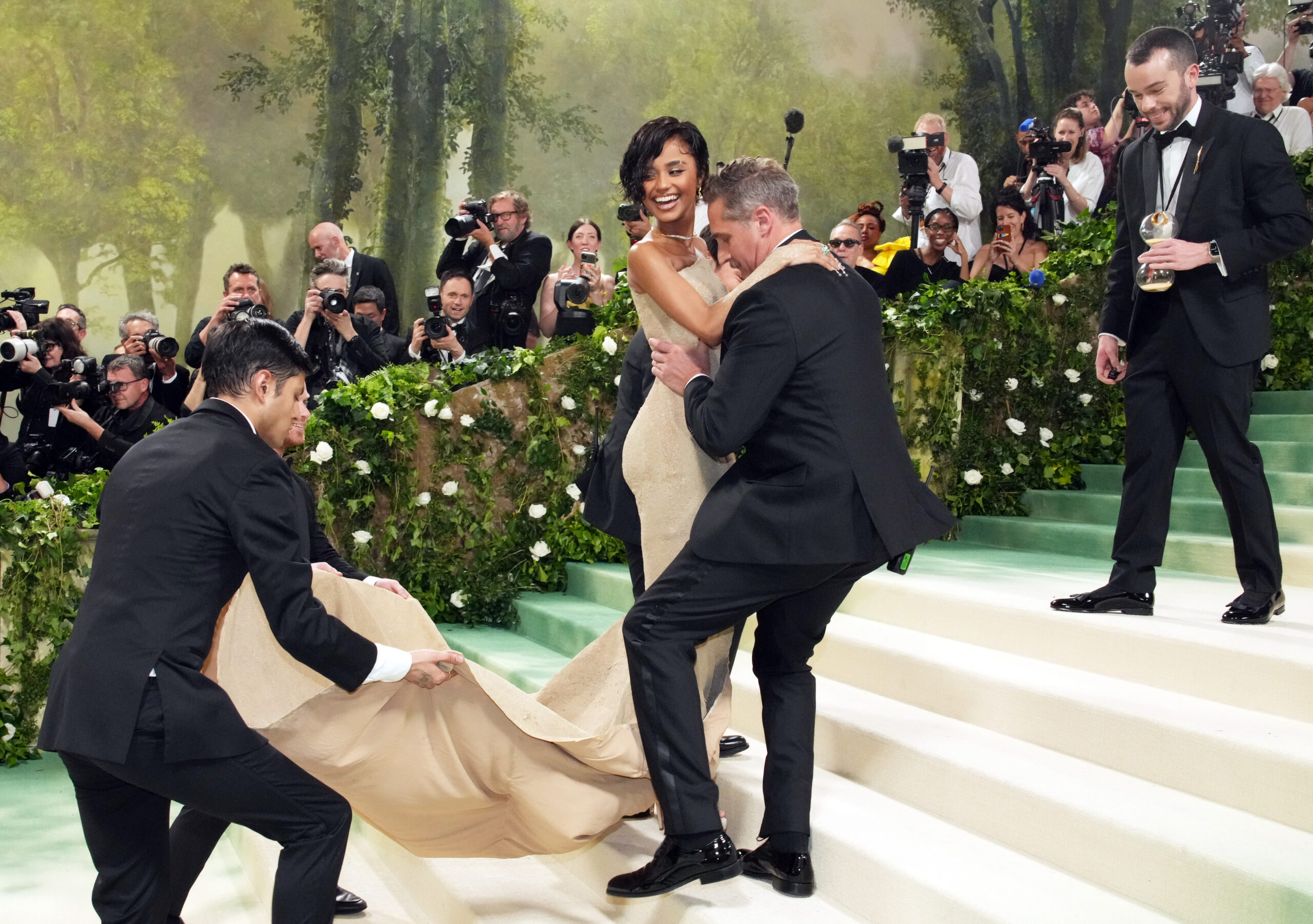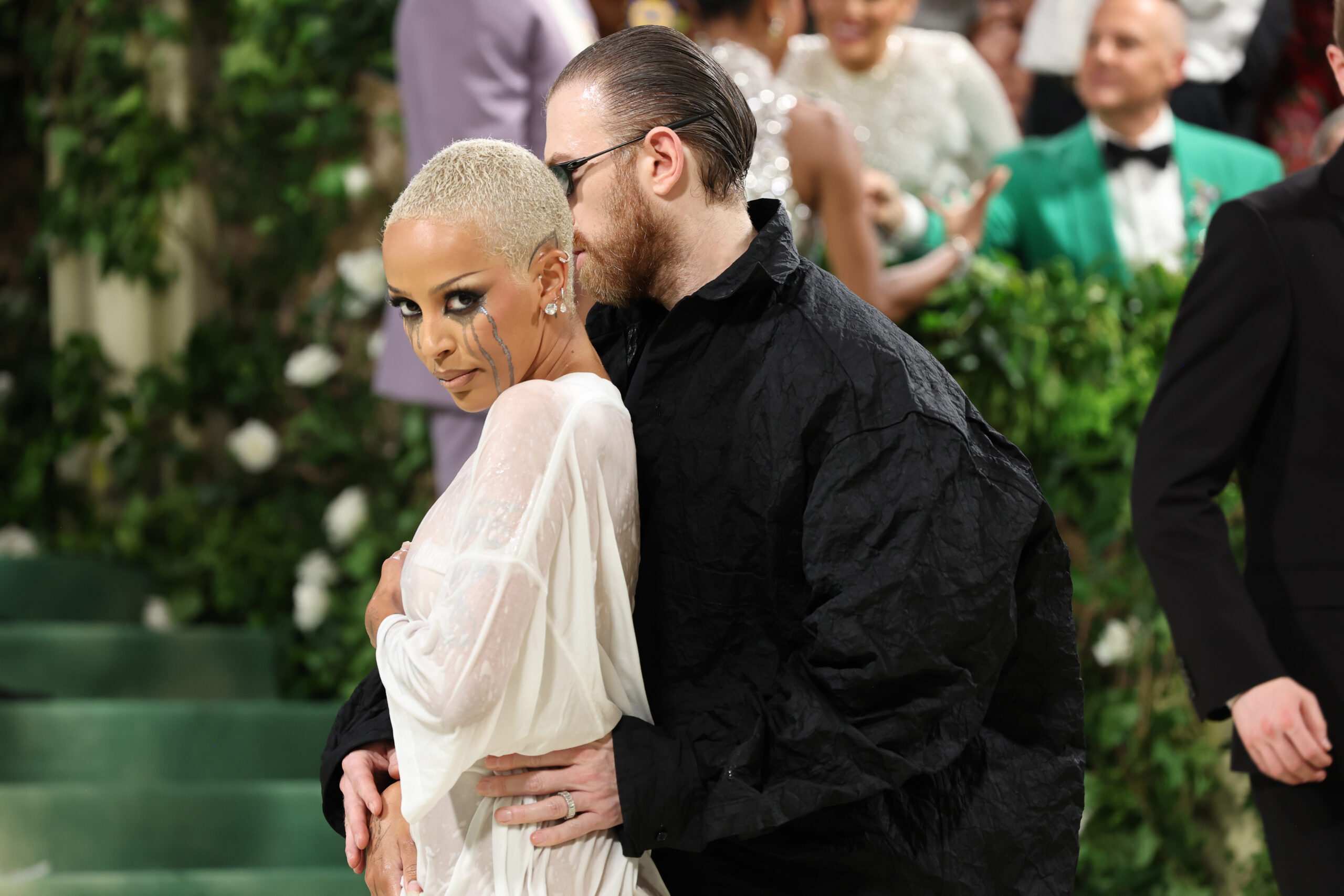This year’s Met Gala saw the likes of Cardi B flaunting a massive black dress that took nine people to carry. We also witnessed Usher don a huge black cape and sequin suit and Lizzo wearing a dress that made her look like a tree. One of the official livestream hosts was Gwendoline Christie, whose haircut seemed to simulate Cruella de Vil after electrocution. The utter flamboyancy of this annual May pop fashion event has the dual effect of dazzling onlookers and overshadowing its long and complex history.
For one, this always-anticipated Manhattan affair has an impact beyond showcasing wild looks and entertaining the masses: it is a philanthropic event for the Metropolitan Museum of Art’s Costume Institute. This institute plays a vital role in fashion history and archiving—it has preserved more than 33,000 pieces of dress and accessories from the 1400s to the present day. Ok, so the Met Gala is an entertaining fundraiser for a fashion museum, but how did all of this come about in the first place? It turns out there are a handful of behind-the-scenes actors who helped make the spectacle we see today a reality.
Irene Lewisohn & The Museum Of Costume Art

It might sound strange at first, but the Met Gala might not exist today if it wasn’t for the achievements of a Victorian-era German-Jewish immigrant to New York. When Leonard Lewisohn, president of the United Metals Selling Company in the late 19th century, died in 1902, he had amassed an estate worth nearly half a billion dollars in today’s money. His daughter Irene was just 15 years old at the time of his passing, but she would directly inherit a sizeable portion of his fortune.
This provided the means for her and her sister, Alice, to focus on producing drama and dance performances throughout their 20s and eventually found the Neighborhood Playhouse. It later became a full-fledged school of theatre that still operates today. As a result of producing plays and operating the school, Irene gained a vast knowledge of costume design, theater production, and other related topics during these years. Wanting to make this knowledge accessible to the public, she decided to establish the Museum of Costume Art with her colleague Aline Bernstein in 1937 as a home for an extensive library.
Dorothy Shaver & The Costume Institute

Then-president of Lord & Taylor—and legendary American fashion industry leader—Dorothy Shaver had begun to take notice of Lewisohn and Beinstein’s efforts after the Museum was opened. And, when Irene passed away in 1944, Shaver put into motion a plan she’d been mulling over. Shaver had the idea of making the Museum part of the larger Metropolitan Museum of Art, as she believed this move could only nourish and reinforce the American fashion industry. Using her deep connections within the world of clothing manufacturing, Shaver successfully convinced a range of garment producers to help her finance the transaction. The purchase and move were finalized in 1946, and the Museum of Costume Art officially became The Costume Institute.
Eleanor Lambert & The Met Gala

Eleanor Lambert, an aspiring sculptor turned fashion publicist, was instrumental in the birth of the Met Gala. After working as an advertiser for art galleries and artists in Manhattan during the Roaring Twenties, Lambert went on to have a hand in founding the Museum of Modern Art and also represented Jackson Pollack for a time. Lambert would begin planning the inaugural Met Gala in 1946 after the death of Irene Lewisohn and Dorothy Shaver’s facilitation of The Costume Institute’s merger with the Met.
As a prominent fashion publicist, Lambert was, of course, aware of the Insitute. But it was when the Institute’s administrators who were seeking help to fundraise for its expenses that a connection was first made. Lambert devised a “Party of the Year” event in November 1948 (not May!) as a way to solicit donations. This party would initially take the form of a midnight dinner. Interestingly, this initial version of the Met Gala didn’t happen at the Met! It would shift venues annually, moving from Rockefeller Center’s Rainbow Room to Central Park, then to the Waldorf Astoria, and so on.
For its first decade, it was only covered by one publication: Women’s Wear Daily. It initially cost $50 for a ticket (about $650 in 2024) and wasn’t an invite-only event. It would continue this way for quite some time, billed essentially as a fashion industry get-together. That is, until Diana Vreeland, Vogue’s editor-in-chief during much of the ’60s, would come to transform the event in the early ’70s.
Diana Vreeland & The Birth Of The Modern Met Gala

A notorious eccentric with extravagant tastes, Vogue fired Vreeland from her leading position in 1971. She would then enter the world of the Met as a consultant. Vreeland took the opportunity to apply her unbridled creativity to both The Costume Institute’s exhibitions and its annual fundraising event. She would go on to radically upscale the event into a flamboyant, eye-catching extravaganza. What we see when we watch videos or look at photos from the Met Gala today is largely indebted to Vreeland’s craftsmanship.
Vreeland curated many elaborate exhibitions for The Costume Institue during her time at the Met, but it was “The World of Balenciaga”—the exhibit she masterminded in 1973—that would prove to rocket Lambert’s original “Party of the Year” into the who’s-who of fundraisers. The 1973 exhibit and the party both took place at The Met and featured specially designed decorations and a very posh multi-course meal for guests. Vreeland would continue to grow and magnify the Gala over the years by calling on her influential connections. She had the likes of Jackie Kenndy Onassis, ex-Supremes frontwoman Diana Ross, and men’s fashion icon Ralph Lauren play a part in the event to help it become the world-renowned celebration we witness each year.
[via][via][via][via]
The post The History Of The Met Gala appeared first on HotNewHipHop.
